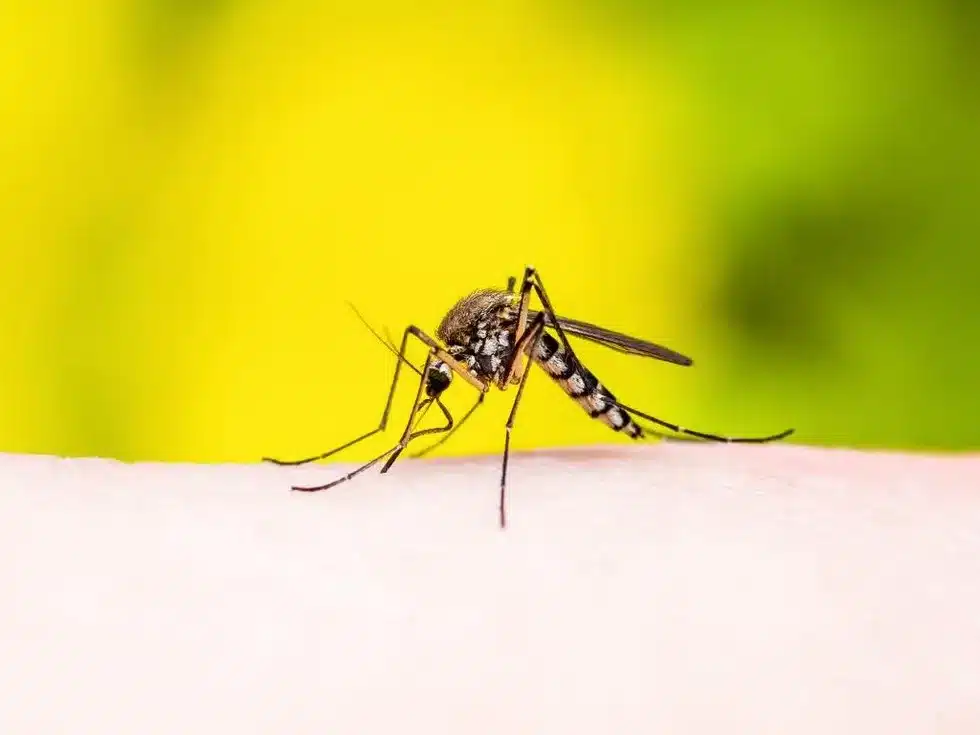About Indian Ocean basin-wide (IOBW) Index:
- It represents the average sea-surface temperature variations across the tropical Indian Ocean.
- It has emerged as a key indicator for predicting the magnitude and timing of dengue epidemics in each country.
- IOBW index’s association with the Southern Hemisphere is stronger than that with the Northern Hemisphere.
- The index has a more pronounced impact on temperatures in tropical regions. Brazil, for example, bears a higher burden of dengue in the Southern Hemisphere.
- The Northern Hemisphere witnesses a peak dengue epidemic period between July and October and the Southern Hemisphere in February and April, both in the summers.
- Further, the amplitude of dengue incidence was high when the index was positive and low when it was negative.
- The link between the Indian Ocean’s temperature and dengue incidence is likely due to its influence on regional temperatures through teleconnections, large-scale atmospheric patterns that can transfer heat and moisture across vast distances.
Key facts about Dengue
- It is caused by the dengue virus (DENV)
- Transmission: It is transmitted to humans through the bites of infected female mosquitoes, primarily the Aedes aegypti mosquito.
- The severe form of dengue fever, also called dengue hemorrhagic fever, can cause serious bleeding, a sudden drop in blood pressure (shock) and death.
- It is more common in tropical and subtropical climates.
- Symptoms: The most common symptoms are high fever, headache, body aches, nausea and rash.
Q1: What is the Indian Ocean Dipole?
Indian Ocean Dipole is sometimes referred to as the Indian Nino, is a similar phenomenon, playing out in the relatively smaller area of the Indian Ocean between the Indonesian and Malaysian coastline in the east and the African coastline near Somalia in the west.
Source: Can changes in Indian Ocean temperatures help predict dengue outbreaks? New paper finds links
Last updated on January, 2026
→ Check out the latest UPSC Syllabus 2026 here.
→ Join Vajiram & Ravi’s Interview Guidance Programme for expert help to crack your final UPSC stage.
→ UPSC Mains Result 2025 is now out.
→ UPSC Notification 2026 is scheduled to be released on January 14, 2026.
→ UPSC Calendar 2026 is released on 15th May, 2025.
→ UPSC Prelims 2026 will be conducted on 24th May, 2026 & UPSC Mains 2026 will be conducted on 21st August 2026.
→ The UPSC Selection Process is of 3 stages-Prelims, Mains and Interview.
→ UPSC Result 2024 is released with latest UPSC Marksheet 2024. Check Now!
→ UPSC Toppers List 2024 is released now. Shakti Dubey is UPSC AIR 1 2024 Topper.
→ Also check Best IAS Coaching in Delhi

















